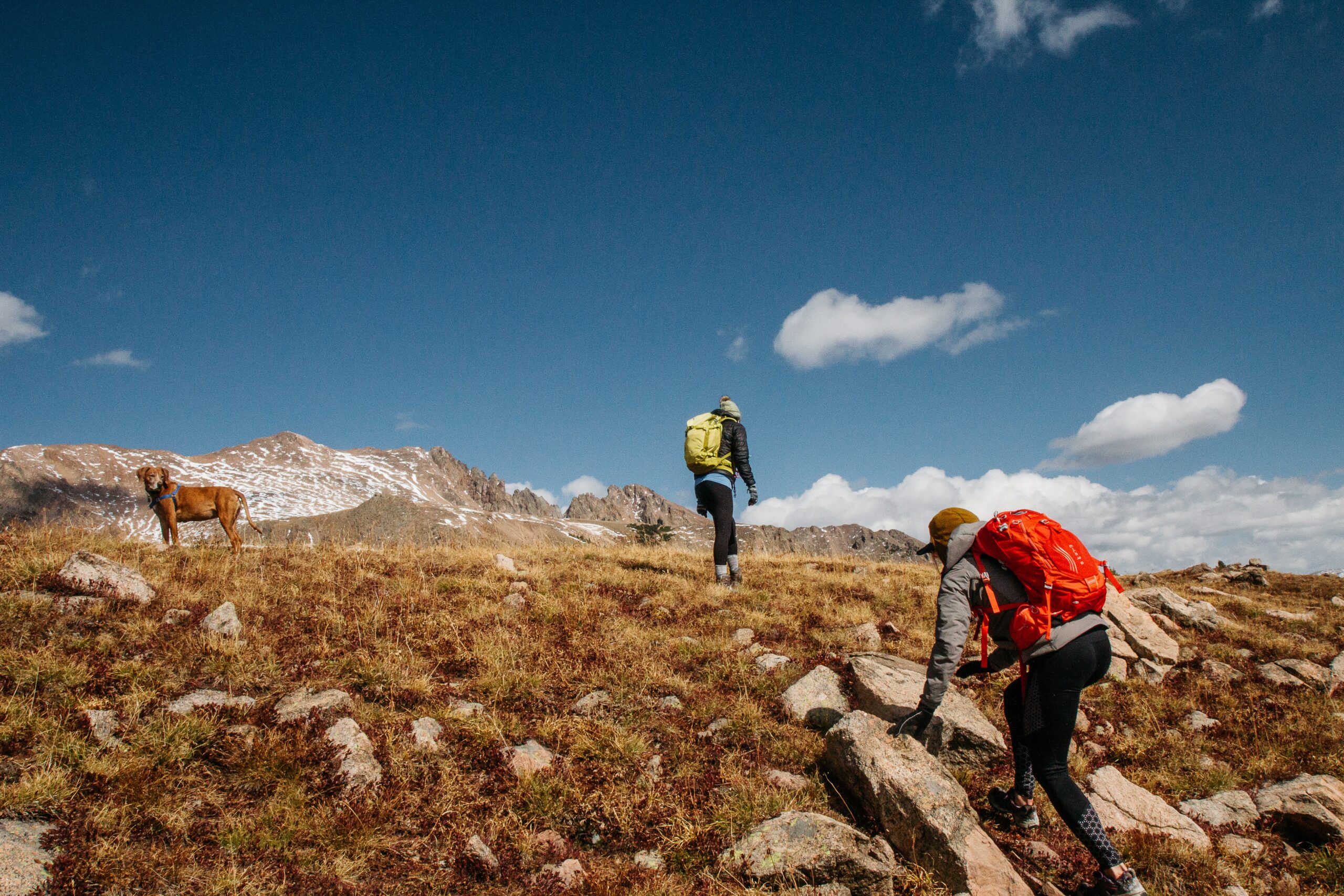This article was originally published in The Hill.
In August, Congress passed the Great American Outdoors Act to fund conservation programs and repair national parks and other public lands that desperately need the help. President Donald Trump described it as “the most significant investment in our parks since the administration of the legendary conservationist President Theodore Roosevelt.” The legislation will rely on federal dollars from oil, gas, and other energy leasing for funding, a longstanding approach to fund conservation and recreation.
There’s just one problem: Last week the Interior Department announced that payouts from energy revenues on federal lands and waters were down more than $3.5 billion from 2019. The dip could mean that full funding to fix our parks may not quite materialize, at least for the program’s first year—a potential outcome we foresaw in a recently published PERC report.
Revenues from oil and gas leasing provide billions of dollars for federal conservation and recreation programs, but as the newly released data from a Covid-ravaged year show, energy markets can be anything but reliable. And even if 2021 turns out to be a much better year, there are other glaring issues with relying on energy for recreation dollars.
One of President-elect Biden’s boldest campaign promises was to end new fossil fuel leasing on federal lands and waters. Much attention has been devoted to what a ban would mean for the climate movement and what legal challenges may arise to it. But a ban eventually would decimate that funding in a way that could make the 2020 dip in energy revenues appear quaint, meaning that popular conservation and recreation programs would need a new lifeline.
If Democrats want to unshackle outdoor recreation programs from fossil fuel money, then it’s time to consider alternatives. Relying on recreationists is a tried and true way of supporting conservation and recreation at the state level. As we have argued, user-funded models have the greatest potential to reliably fund conservation and recreation at the federal level too.
The Great American Outdoors Act recently mandated full, annual funding of $900 million for the Land and Water Conservation Fund (LWCF), which finances federal land acquisition and state grants for outdoor recreation. The act also established the program that will devote billions in energy revenues to overdue maintenance projects on public lands.
While the effects of a leasing ban wouldn’t be immediate, they eventually could leave these programs short of money. The National Ocean Industries Association estimates that if new offshore drilling were banned in 2022, it would reduce average revenues from that source by 61 percent by 2040, from $7.0 billion to $2.7 billion. If offshore revenues were to fall that drastically, then it’s unclear where funding for federal conservation and recreation programs dependent on energy revenues would come from.
In the meantime, energy proceeds clearly aren’t a sure thing. In three of the past four years, energy revenues would have been too low to fully fund the new deferred maintenance program, mostly because of low oil prices. And as we’re learning in the wake of a tumultuous year in global energy markets, the program could be underfunded by hundreds of millions of dollars in its first year.
Wind and solar energy eventually may provide a significant stream of federal revenue that could fill a funding gap, and the new administration plans to make renewables a priority. But even ambitious projections suggest it will be decades before federal renewable revenues rival current proceeds from oil and gas.
Clearly, a Democratic White House has ample reason to look for a better way to fund federal conservation and recreation programs. Public land users can step up to the plate.
Hunters and anglers already fund the majority of wildlife conservation at the state level. Sales of hunting and fishing licenses and revenues from excise taxes on firearms, fishing tackle and related gear generate more than $2.5 billion annually. These revenues are directed to state agencies to increase outdoor recreation access, protect wildlife habitat, and fund other recreation and conservation causes. Together, they provide nearly triple the resources a fully funded LWCF will. There’s a great opportunity for other recreationists to do the same.
We don’t promise to have a silver-bullet solution to fund all federal recreation and conservation programs. But it’s time that policymakers, in partnership with conservationists and recreationists, start exploring options for future funding. Hikers, paddlers and anyone else who enjoys public lands should demand no less.





